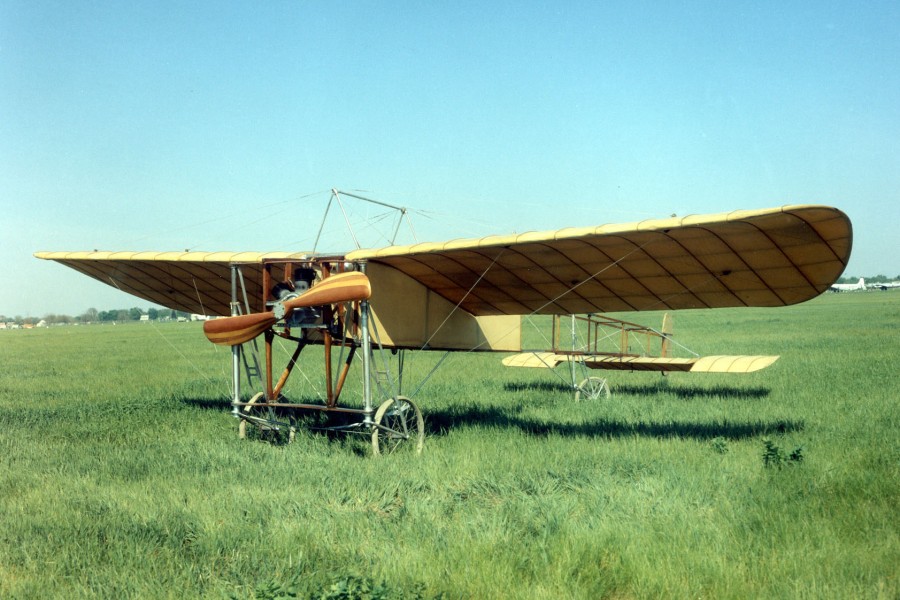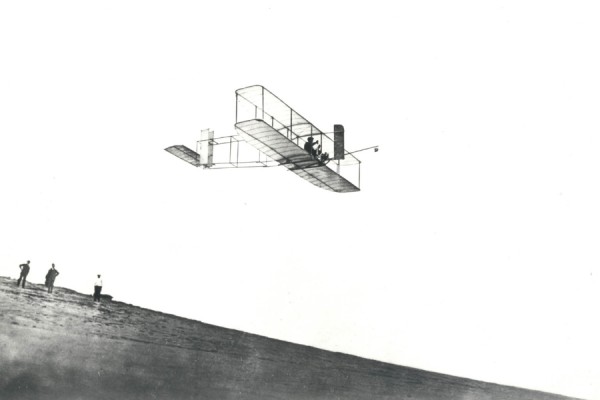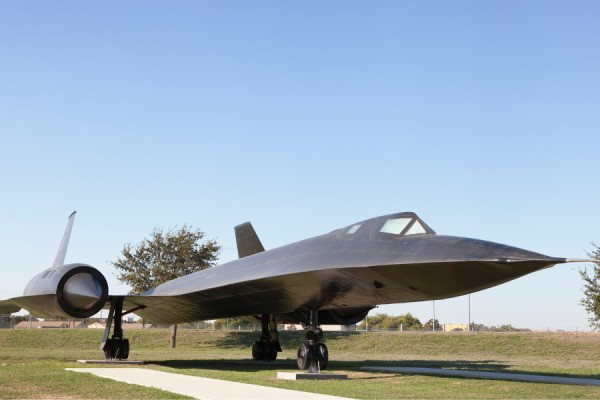- History
- 1 year before
Bleriot XI: The Story of the First Flight Across the English Channel
The fascinating story of the crossing of the English Channel with the Bleriot XI, designed by Louis Blériot, and the legacy of this flight to aviation.
-

- 1 year before
- Category: History

Bleriot XI and Its Historic Achievement
The early 20th century was a time of daring feats in aviation history, shaped by courageous pilots and ingenious engineers. Among these intrepid figures, Louis Blériot stands out for his successful crossing of the English Channel in his self-designed Blériot XI aircraft on July 25, 1909. This historic achievement marked a new era for both Blériot and the future of aviation.
Technical Specifications of the Blériot XI
The Blériot XI showcased an advanced design for its time. It featured a lightweight construction, powerful engine, and aerodynamic form. Blériot meticulously crafted and engineered the aircraft, creating a machine that would earn a significant place in aviation history.
Crossing the English Channel
Blériot embarked on his flight from Calais, France, and successfully landed in Dover, England, after a 37-minute journey across the English Channel. The challenges and struggles he faced during this flight, coupled with his ultimate success, cemented his legendary status in the aviation world.
Impact and Legacy of the Blériot XI
Blériot's achievement was hailed as a groundbreaking accomplishment, inspiring generations of aviators and shaping the course of aviation. The Blériot XI served as a foundation for the design and development of many modern aircraft, influencing both civilian and military aviation concepts.
Technical Specifications of the Blériot XI Table
Beyond these technical specifications, the Blériot XI was equipped with refined mechanisms to ensure controlled and stable flight performance.





